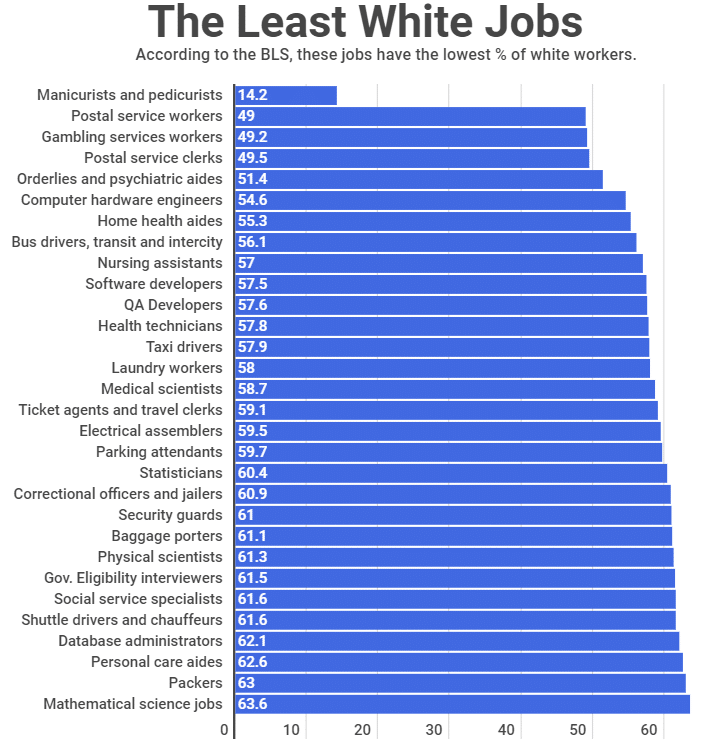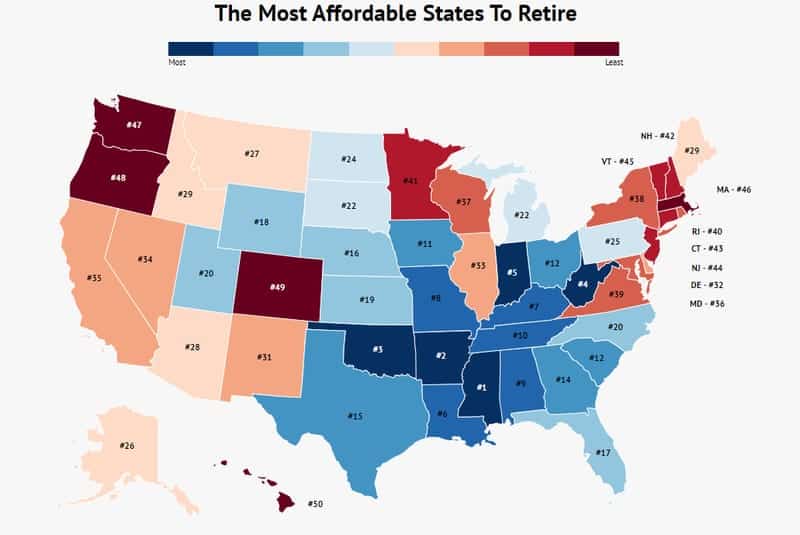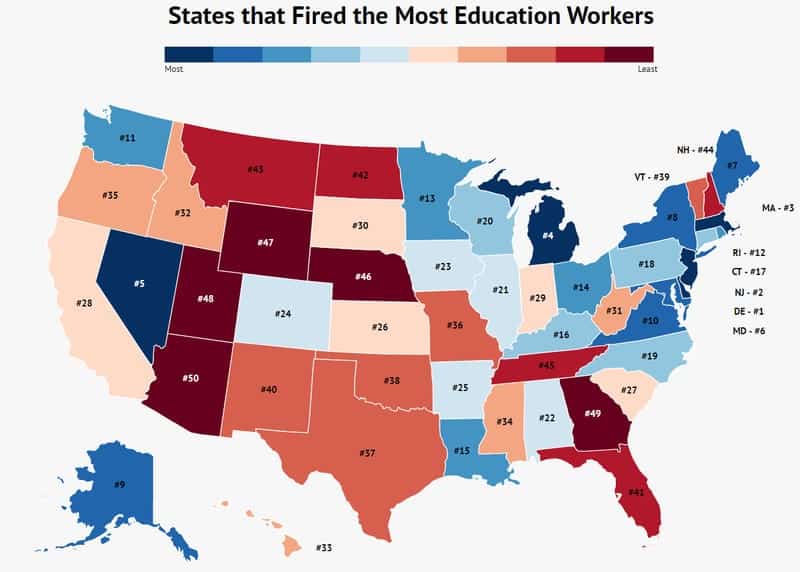Find a Job You Really Want In

According to the BLS, 78% of the workforce is white.
However, much like the racial pay gap, there sadly still exists unequal opportunities and barriers for workers of color that make entering certain professions more difficult than others.
Using data from the BLS, we found the jobs with the highest (and lowest) percentage of white workers.
Key Findings
- A staggering 96.5% of property appraisers are white, making it the job with the most white workers.
- Farmers and ranchers are the next whitest job with 96.3% being white.
- Trades and other well paying blue collar jobs dominate the “whitest jobs”, including supervisory positions.
- Several government jobs including postal workers feature among the more diverse jobs, suggesting diversity measures taken have been effective.
- Manicurists and pedicurists are overwhelmingly of color.
- While many of the jobs with the fewest white workers are low paying, some higher paying positions such as Software and QA Developers are fairly diverse.
Below you can see a chart for the jobs with the fewest white workers.

Methodology
This data comes from the BLS’ most recent report on racial makeup by occupation.
We simply sorted the data by percentage of white workers to find the “whitest jobs”, and the opposite to highlight the jobs with the least white workers.
Choose From 10+ Customizable Resume templates
Zippia allows you to choose from different easy-to-use resume templates, and provides you with expert advice. Using the templates, you can rest assured that the structure and format of your resume is top notch. Choose a template with the colors, fonts & text sizes that are appropriate for your industry.
This List Isn’t Chance
80% of workers in CNBC Workforce Survey say that they want to work for a company that values diversity, equity and inclusion. Yet, many companies, teams, and professions remain fairly homogenous.
While some of the disproportionate racial makeups can be attributed to geography or other innocuous factors, many are a result of deeper societal issues.
Access to higher education and discrimination, both in society and the job hunting process, are among just a few of the factors that shape who holds what job.
Ultimately, there is a need and desire for more diversity in many professions. However, without a concentrated effort from stakeholders it is unlikely to happen quickly- or even at all.


















